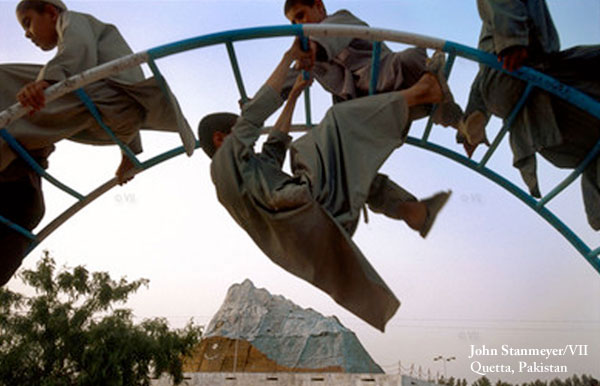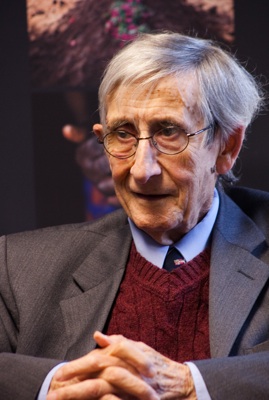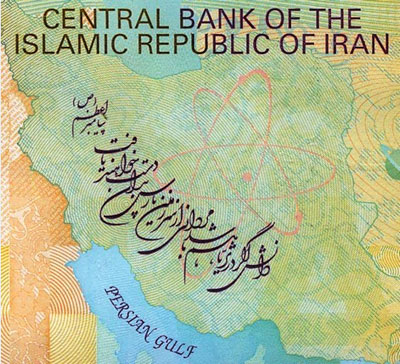Inquiry
Current Simulation
Inquiry 2010-11
The Global Nuclear Future


I have felt it myself, the glitter of nuclear weapons. It is irresistible if you come to them as a scientist. To feel it’s there in your hands, to release this energy that fuels the stars, to let it do your bidding. To perform these miracles, to lift a million tons of rock into the sky. It is something that gives people an illusion of illimitable power, and it is, in some ways, responsible for all our trouble--this, what you might call technical arrogance, that overcomes people when they see what they can do with their minds.
--Freeman Dyson
--Freeman Dyson



Against the backdrop of the nuclear arc of the history of the race for the atomic bomb and the secrecy and espionage of the Manhattan Project to President Obama’s 2010 Nuclear Security Summit and beyond, EPIIC will explore our global nuclear future.
Nine countries control 23,000 nuclear weapons. During the Cold War, world superpowers amassed nuclear arsenals containing the explosive power of one million Hiroshimas. Two decades after the end of the Cold War the U.S. and Russia still have a combined total of more than 20,000 nuclear weapons. The American Academy in Berlin recently asserted that a Hiroshima size weapon detonated from inside the back of a large van in London’s Trafalgar Square in the middle of a workday would cause an estimated 115,000 fatalities and another 149,000 injuries from a combination of blasts, fire, and radiation poisoning.
We will look at the history of failed and successful arms control regimes, the threat posed by both declining and rising nuclear states, how nuclear terror and catastrophe are rendered in popular culture, the dilemma of science in the service of military objectives, resource wars in Africa and elsewhere to control and exploit uranium, Israel’s Osirak raid and concerns over temptations of preemptive strikes and preventive war, the proclaimed “nuclear renaissance” and the building of new nuclear energy plants, the relevance and ethics of deterrence thinking, and the political, diplomatic, civil and military complexities of proliferation case studies, including Pakistan, South Africa, Libya, Iran, and North Korea.
Some of the questions we will explore include
- Is nuclear terrorism the most pressing, dangerous and neglected feature of our world’s nuclear predicament?
- Is there a future for the Non-Proliferation Treaty?
- Why hasn’t the US ratified the 2005 Nuclear Terrorism convention that requires all states to criminalize unlawful use of, and possession of nuclear material, or damage to nuclear facilities?
- Will the U.S./Russian START agreements diminish nuclear stockpiles?
- Why have sanction regimes been so futile in preventing proliferation?
- How can the massive and aging nuclear arsenal of the cold war be revamped to address the challenges posed by suicidal terrorists and unfriendly regimes seeking nuclear weapons?
- Is a nuclear-free world actually attainable?
- What are China’s and Japan’s reactions to the North Korean nuclear capacity?
- What is the psychology of nuclear proliferation?
- What are the concerns over China’s Taibai Mountain? Over Yucca Mountain in the US?
- What do European countries think about the U.S. decision to abandon the European theater missile shield?
- Are the experts and editors of the Bulletin of Atomic Scientists justified in moving back the minute hand on the “Doomsday” clock?
- How realistic is the threat of a terrorist suitcase bomb? How major a threat would be posed by an electromagnetic pulse attack?
- What is the status and likely outcome of ongoing Iran nuclear negotiations?
- How effective are citizen action movements such as the Nuclear Freeze Movement and the Global Zero initiative?
- What are the realistic and unrealistic goals of President Obama’s four-year plan?
- How vulnerable and how much of a threat are nuclear reactor laboratories, like the one at MIT?
- How does Japan, Poland, or the Czech Republic feel about the efficacy, the necessity of the US or NATO nuclear shield?
- What did the world learn from the search for weapons of mass destructions (WMDs) in Iraq?

